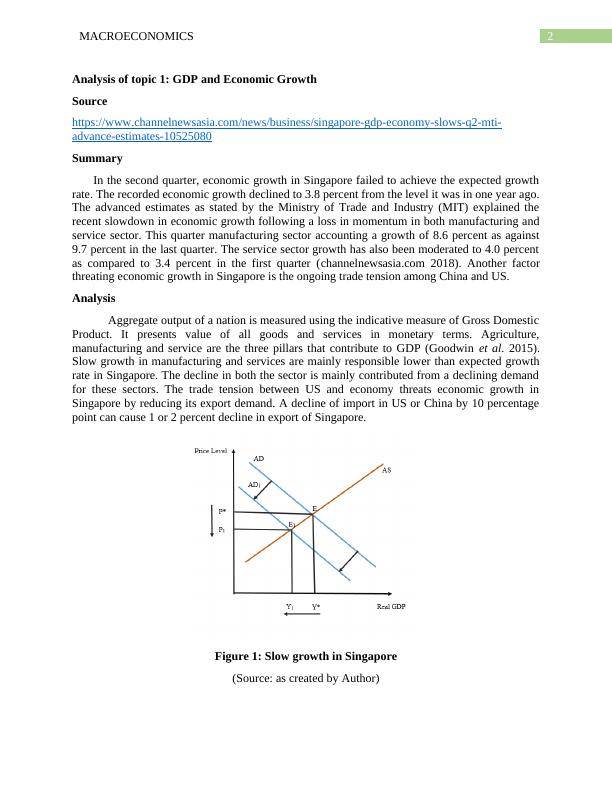Macroeconomics: Analysis of Singapore's GDP, Inflation, Wages, Saving and Short-term Fluctuations
Added on 2023-06-09
9 Pages1827 Words406 Views
End of preview
Want to access all the pages? Upload your documents or become a member.
Macroeconomics: Analysis on GDP, Inflation, Wages, Financial Markets and Short-term Economic Fluctuation
|6
|1734
|451
Macroeconomics: Analysis of GDP, Inflation, Wages, Capital Formation and Short Term Fluctuations
|9
|2576
|291
Macroeconomics
|8
|1493
|146
Macroeconomics
|7
|2417
|141
Technical Recession Looms for Singapore
|24
|4150
|401
Macro Economics Group Project
|26
|3666
|327



